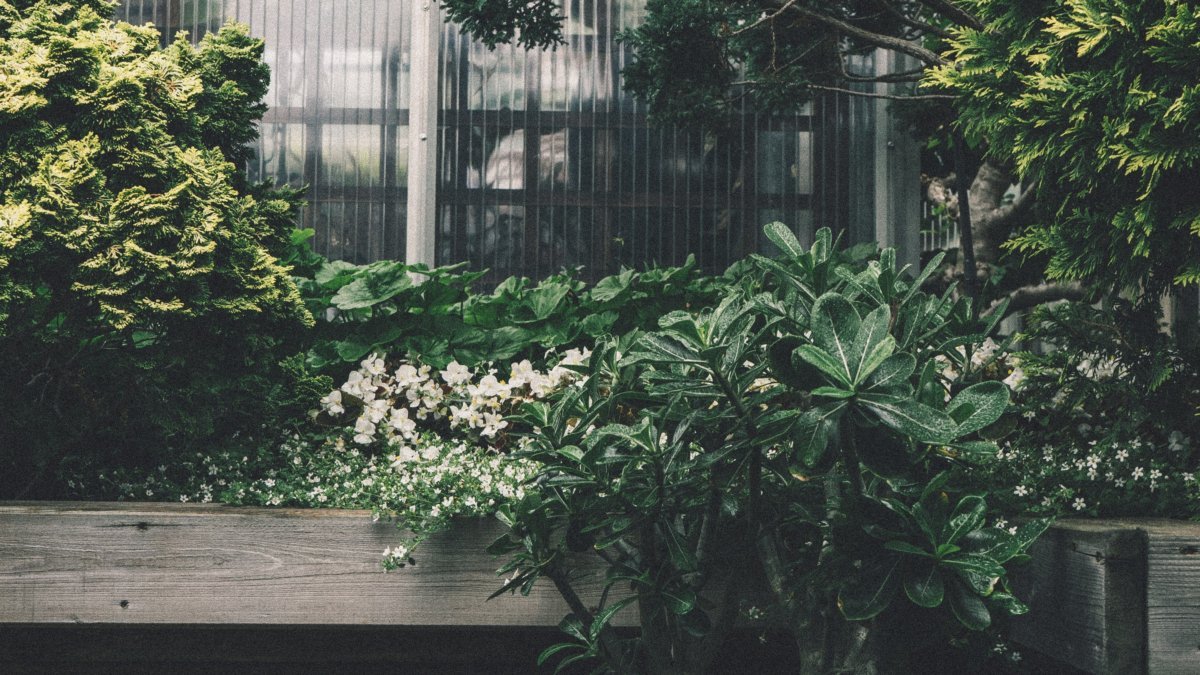
By Alice Hutchins
Mary, Mary, quite contrary,
How does your garden grow?
With silver bells, and cockle shells,
And pretty maids all in a row
Paris is a city known for its striking land marks; the Eiffel Tower, the Notre Dame cathedral, the Arch di Triumph. But one thing that Paris lacks is an abundance of green spaces. It has one of the lowest proportions in Europe, at just 9{ec5f16bc0d3188d22af0c52b0a003021539d5e8f81ad0cf83bf30b7820bde39f}. That is why the city’s chief resilience officer (Sébastien Maire) is implementing Project Oasis, a scheme to turn all of the school-yards in Paris into green spaces. This concept came around after a striking heat wave in the city left it’s 800 schools closed due to the 55-degree temperature. As most of the outside spaces are made of concrete, which reflects the sun and traps the heat in, it was deemed unsafe for children to be in this environment. So, in order to make schools outside spaces safer, and to decrease the overall heat of the city, the yards will be turned in to greenery, with grass lawns, herb gardens, flower beds and plenty of shaded areas. “Vegetation in schools is one step towards putting more vegetation in the city, which could have an overall microclimate effect and cool the entire city,” says Vincent Viguié, a research scientist at the International Research Centre on the Environment and Development.
Lavender’s green,
Dilly dilly,
Lavender’s blue,
If you love me,
Dilly dilly,
I will love you.
The second aspect of the project is to open up these newly renovated green gardens to the public, especially those who may be vulnerable during extreme heat. It is thought by Maire that creating these spaces as inclusive areas where everyone can go, will be a good way to develop their community and increase resilience. Although many are cautious about this scheme, after the recent bombings in several major cities across Europe, Maire argues that people coming together is the best way to tackle this fear: “To know your neighbor, to do things with people. Not to be alone in front of your TV scared by terrorism, but to convene.” Not only are they aiming to promote community, they are also hoping to reduce the effects of climate change and create a more resilient city where the people can come together to enjoy these new spaces, as well as cooling the city down.
There’s a worm at the bottom of the garden
And his name is Wiggly Woo
There’s a worm at the bottom of the garden
And all that he can do
Is wiggle all night
And wiggle all day
Other cities in Europe, a prime example being Athens, have shown how this kind of pioneering thinking can create great harmony, and a stronger environment. These school gardens could be a turning point for Paris, in helping to reduce CO2 emissions, keeping cleaner water sources, and reducing the number of deaths from heat exhaustion each year. It is a way to utilize nature and help it reverse the negative impacts of climate change, to give back to the world that we are slowly depleting.
For more information and the source of all quotes used within the blog, please visit:
https://www.theguardian.com/cities/2018/aug/16/could-greening-every-paris-schoolyard-cool-the-city